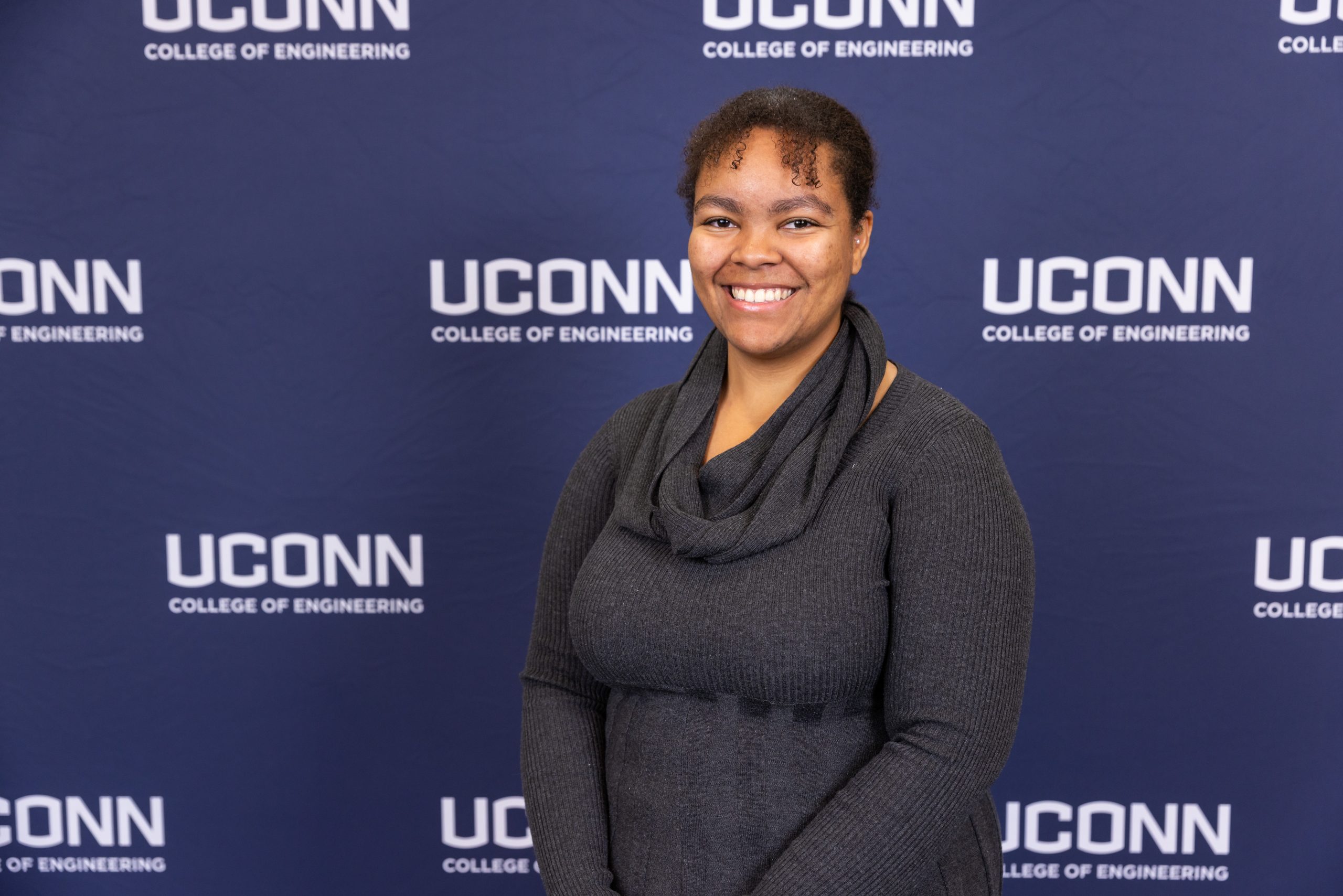
Team 10
Team Members |
Faculty Advisor |
Jada Vercosa |
David Giblin, Rajiv Naik, and Craig Calvert Sponsor NUWC |
sponsored by

Development and Construction of a Modular Underwater Cylinder Capture Mechanism to Increase Portability by 100%
This project, sponsored by the Naval Undersea Warfare Center (NUWC), aims to design and develop a modular, portable underwater cylinder capture mechanism. The system will replace the energy-reliant pressurized water capture method and the labor-intensive search and retrieval method currently used in the respective indoor and outdoor testing environments. The objective is to capture a neutrally buoyant cylinder moving at 10 ft/s underwater with minimal impact or damage. The background of the project is rooted in the need for more efficient, scalable, and adaptable underwater projectile capture methods. Current solutions are either energy consumptive or require manual labor to operate effectively. Our proposed design seeks to mitigate these issues while maintaining reliability and safety. The approach consists of developing multiple designs while optimizing them for underwater environments. Initial prototype development and testing include above-water validation in controlled settings before transitioning to full underwater trials. Evaluation methods include force distribution analysis, damage assessment, and repeatability testing. Results so far include the fabrication of a test cylinder model and the reconstruction of a projectile launcher for controlled testing. Testing phases are scheduled for mid-March, with an initial focus on above-water trials before moving to underwater environments. Collaborating closely with NUWC ensures that our designs align with operational needs. Recommendations moving forward include refining materials for corrosion resistance, testing larger projectiles, and optimizing buoyancy and anchor systems for quick deployment. The final deliverables will include a tested and validated capture mechanism, a fully documented development process, and recommendations for future improvements.
Our team collaborated with Mechanical Engineering 22 on this project.
